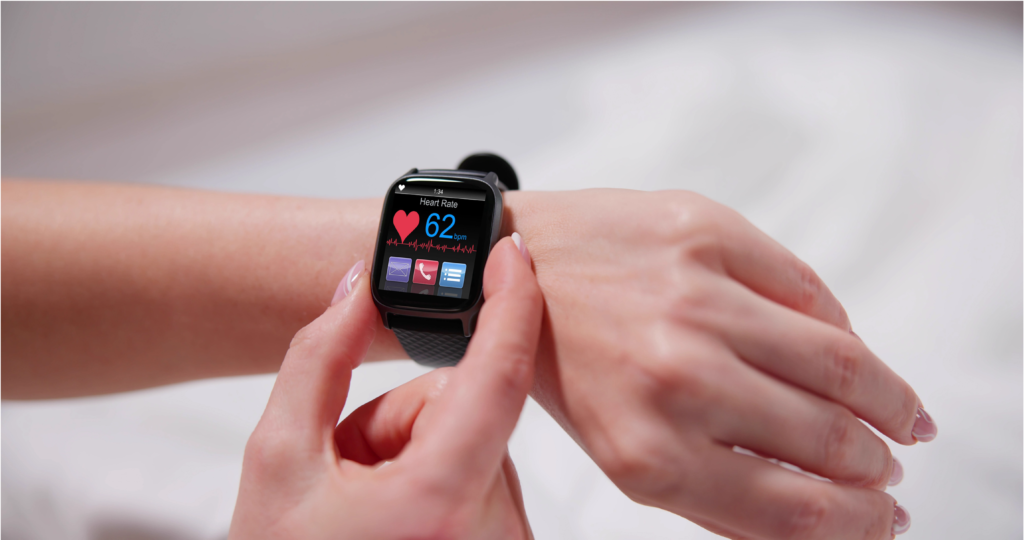Introduction
The intersection of wellness and technology is revolutionizing the automotive industry. With the advent of in-car health monitoring systems, vehicles are transitioning from mere transportation tools to spaces that enhance occupant wellness. This development signifies a pivotal shift towards designing vehicles that prioritize the holistic experience of users, marrying functionality with well-being.
Wellness is the trend
This shift towards integrating holistic user experiences, where functionality is seamlessly blended with well-being, reflects a broader societal movement towards wellness. This movement is gaining momentum across all demographics, yet it finds a particularly strong resonance with Gen Z. Known for their heightened wellness consciousness, Gen Z is not just part of this trend; they are at its forefront, propelling it forward.
Numerous studies, including our own research specifically targeting this demographic, have consistently highlighted their profound interest in wellness. This focus is significant, not only because Gen Z is poised to become the largest consumer demographic in the near future but also due to their specific demand for products and services that align with their wellness values. This intersection of factors suggests that the societal shift towards wellness, already underway, is set to accelerate further, driven by the preferences and priorities of Gen Z.

Integrating Wellness into Automotive Design
In response to these evolving expectations, automotive manufacturers are pioneering the next generation of vehicles, featuring a range of health-monitoring sensors that exemplify the principles of user-centric design. From steering wheels outfitted with electrocardiogram sensors to ear-worn devices capable of detecting a driver’s fitness to drive, these innovations place wellness at the forefront of mobility.
By offering personalized feedback, in-car health monitoring systems significantly enhance the driving experience, embodying the essence of user-centricity. Analyzing health data allows these systems to suggest timely interventions, such as breaks or stress-reduction techniques, deepening the vehicle-user connection. This dedication to personalization showcases the industry’s shift towards creating vehicles that serve as supportive companions, precisely meeting and adapting to individual user needs.
Ethical Design and Privacy Considerations
The integration of health monitoring technologies in vehicles underscores the overarching importance of privacy and data security within UX design. Practices ensuring transparent data handling and user control over their information are crucial in cultivating trust. Notably, our extensive research targeting Generation Z has highlighted their acute concerns regarding privacy, underscoring the need for meticulous health data management. This concern for privacy transcends the automotive industry, manifesting as a broad trend across various sectors, indicating that the automotive field is no exception to the universal demand for secure data practices and ethical design principles.
Future Directions and UX Opportunities
The potential for in-car health monitoring systems to enhance user experience is vast, with the future promising vehicles that integrate with digital wellness platforms for a holistic health overview. This could lead to cars that not only respond to immediate health needs but also contribute proactively to the occupant’s wellness journey, marking an exciting frontier for UX design that blends health, technology, and mobility seamlessly.
The introduction of in-car health monitoring systems is a significant leap towards incorporating wellness into the automotive experience, reminding us of the power of user-centric design and the importance of focusing on the user’s well-being. As these technologies evolve, they redefine the vehicle as a companion in the user’s health and wellness journey, steering us towards a future where every drive contributes to better health.

